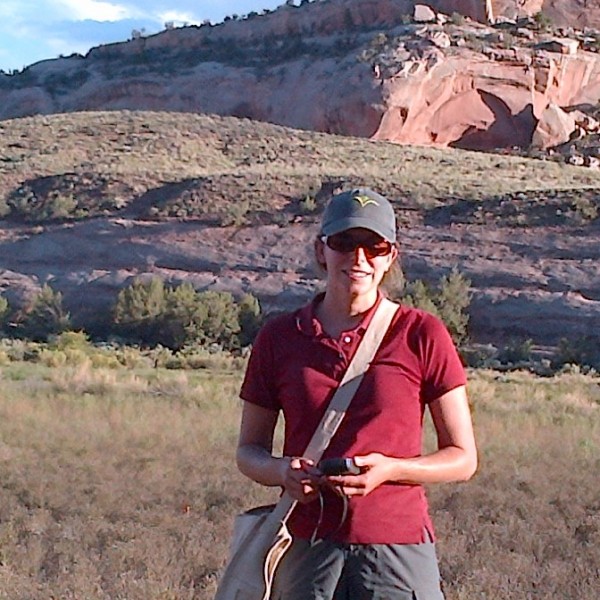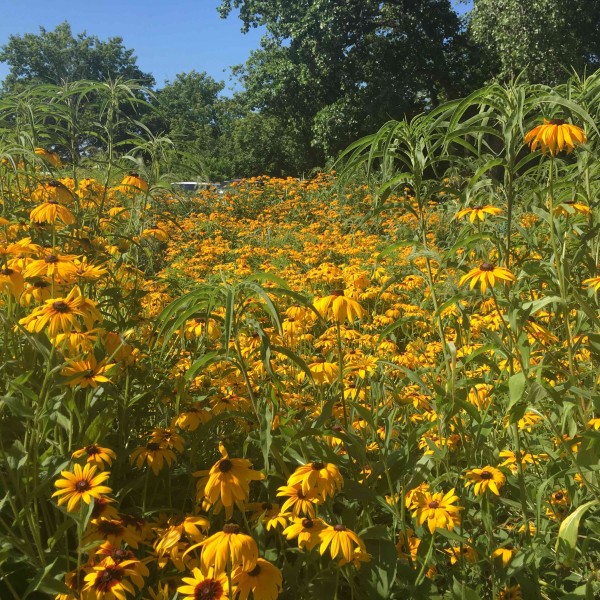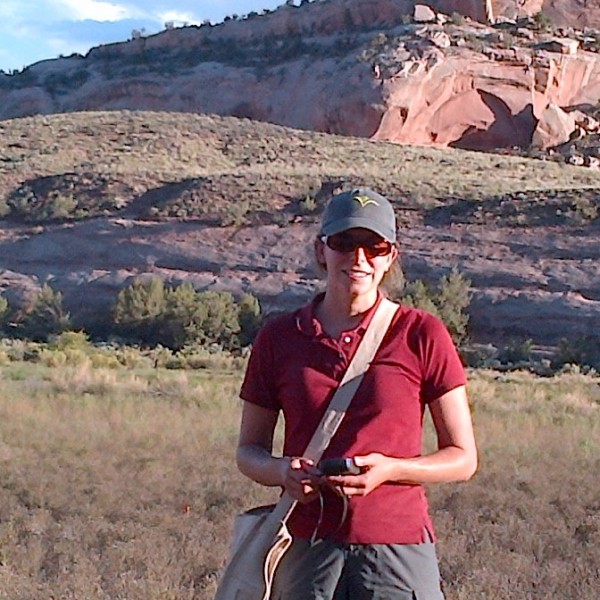Soil analysis to inform native violet reintroduction 2020
Chicago Botanic Garden's Plant Science Department laboratories
Ecology, Soil & Fungal Biology, Labwork
Native violets of the Midwest tallgrass prairies are a vulnerable but critical component of this habitat. These species play an important role supporting threatened species of insects (e.g. the regal fritillary butterfly), but their populations have declined due to habitat degradation and fragmentation. To make matters worse, attempts to restore the species to sites where it once occurred are rarely successful. At Chicago Botanic Garden, the reproductive ecology of several violet species is currently under investigation using both laboratory and field studies. This includes a reintroduction trial for two species (Viola lanceolata and V. sagittata) at the Kankakee Sands Nature Preserve (IN). Performing comparative soil analysis between sites where the target species grow naturally and other sites where the species could potentially be out-planted, will help making decisions for their reintroduction.
One project will involve a literature review on the role of mycorrhizal symbiosis in plant reintroduction and community restoration, with a particular focus on Midwestern violet species. A term paper and a poster showing the results of this study are expected as products of the project.The student will acquire knowledge on plant, fungi and soil sciences, and skills in literature review, paper writing and poster presentation.
The second project will involve performing soil analysis on samples collected in four different sites in the Kankakee Sands Nature Preserve, and identifying mycorrhizal symbiosis in the roots of trap cultures. This project will primarily include laboratory work, but there will be opportunities to help with field work on these species at the experimental reintroduction site in northern Indiana. The REU student will acquire knowledge on plant, fungi and soil sciences, and skills in soil analysis and statistical analysis.






